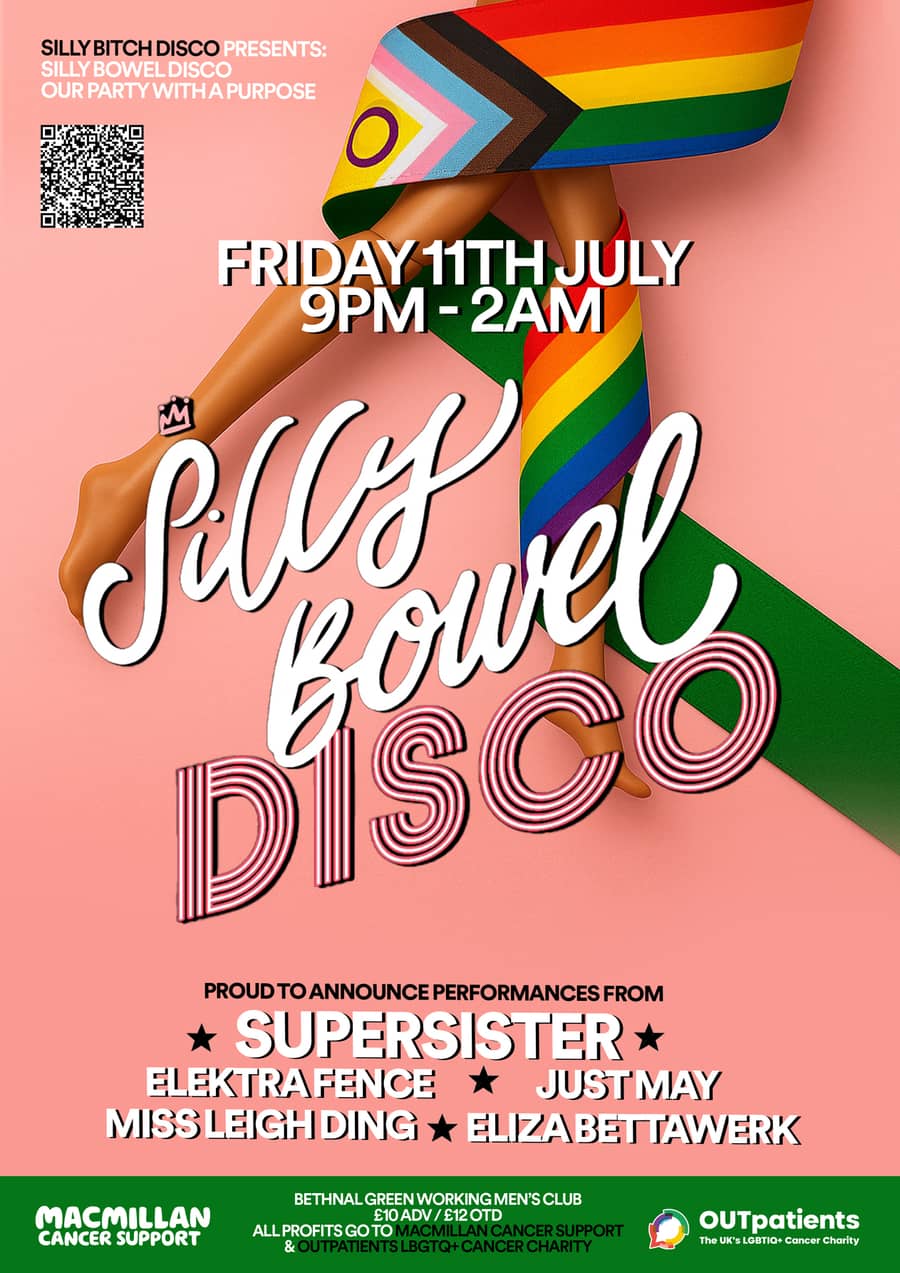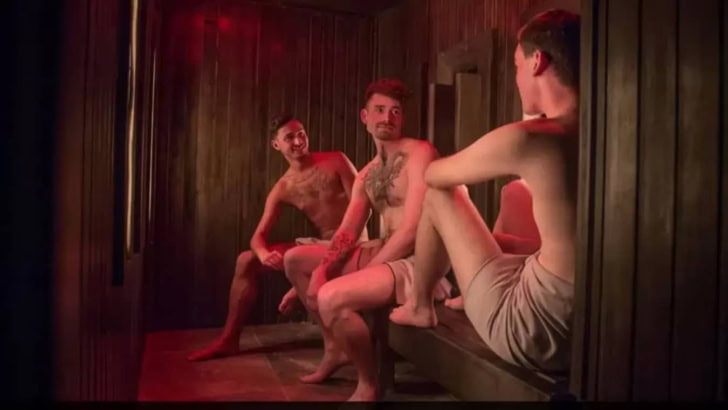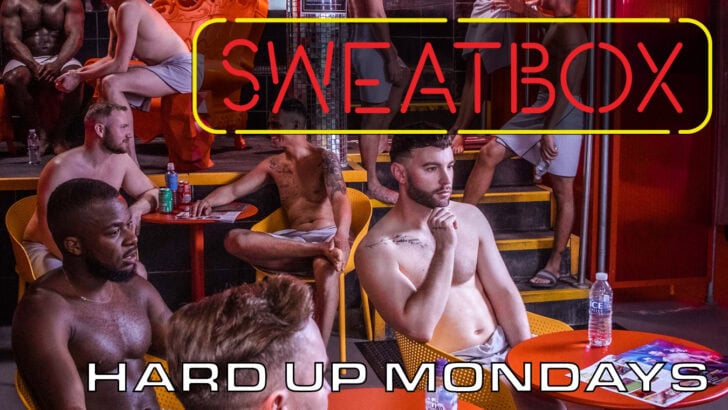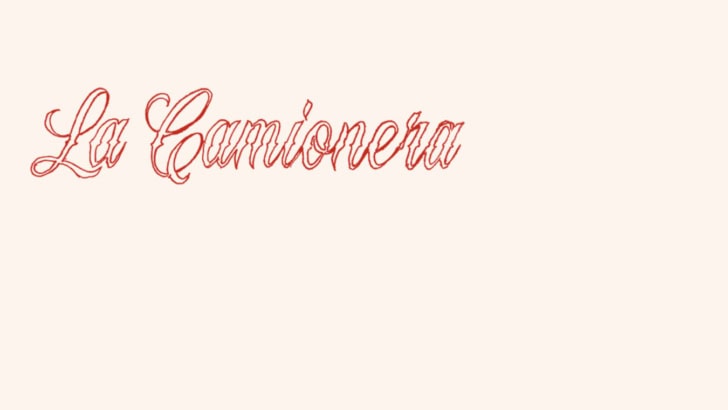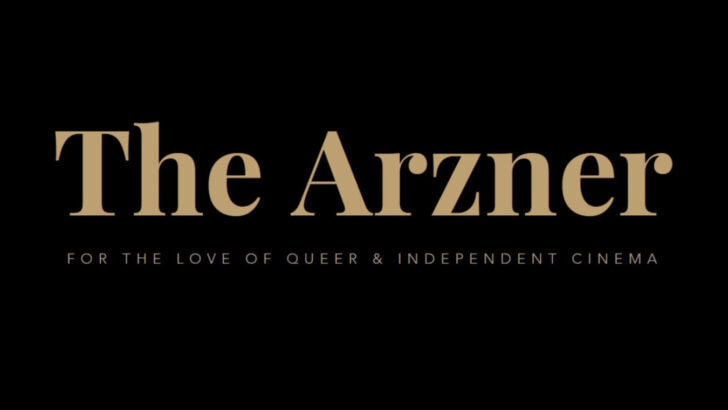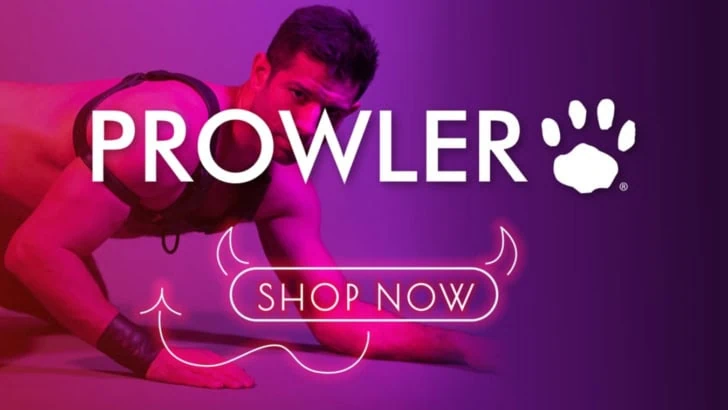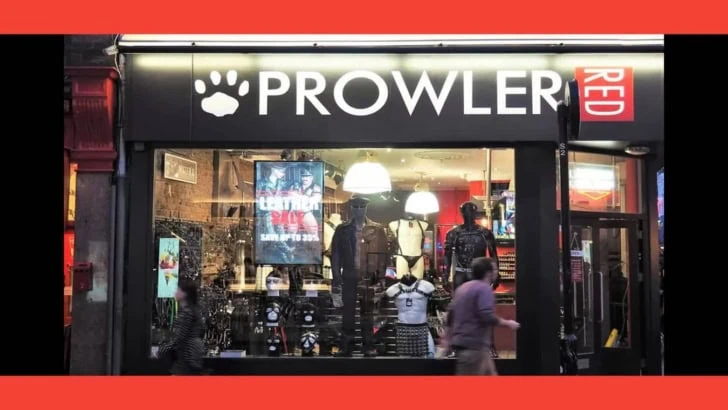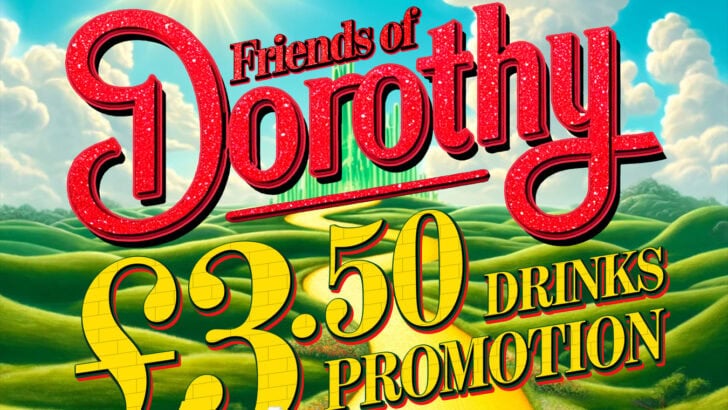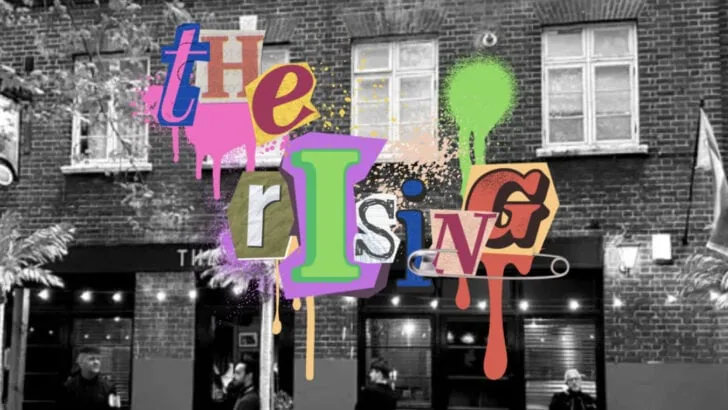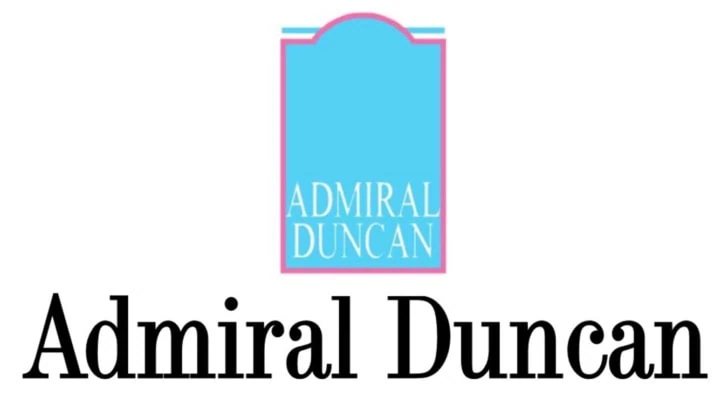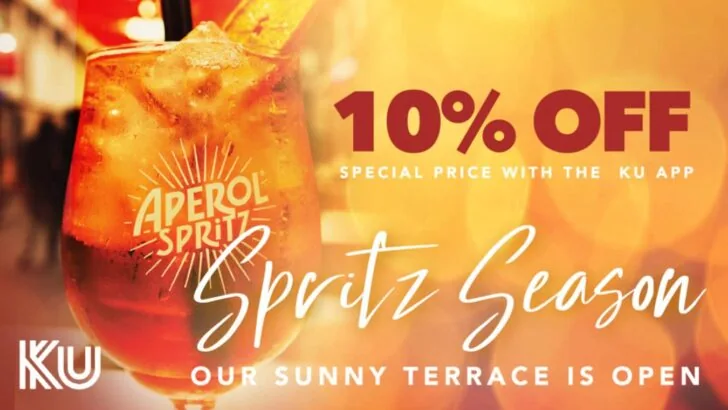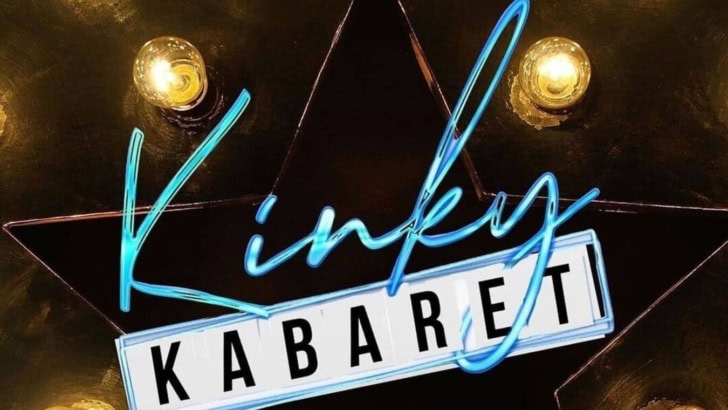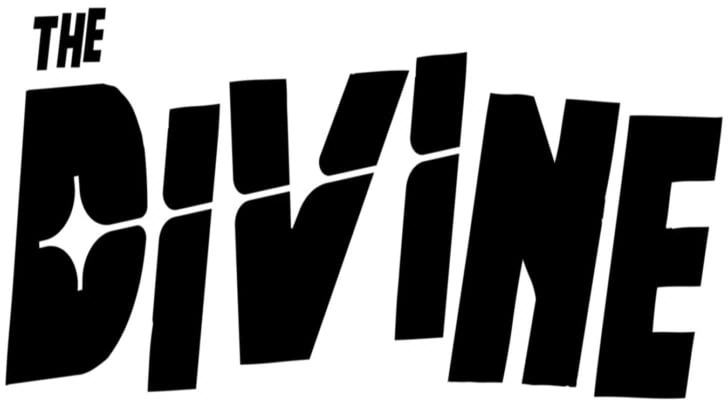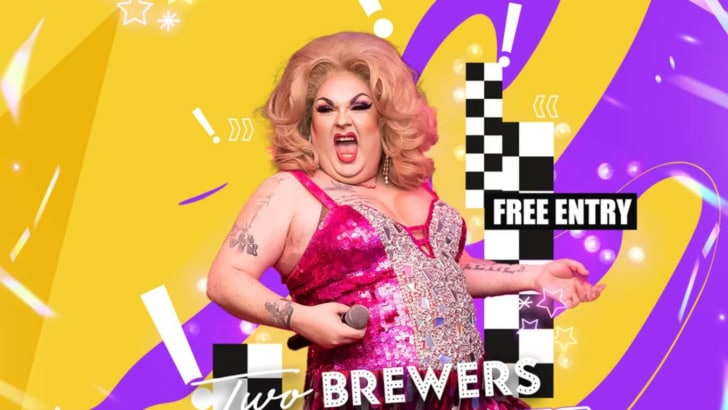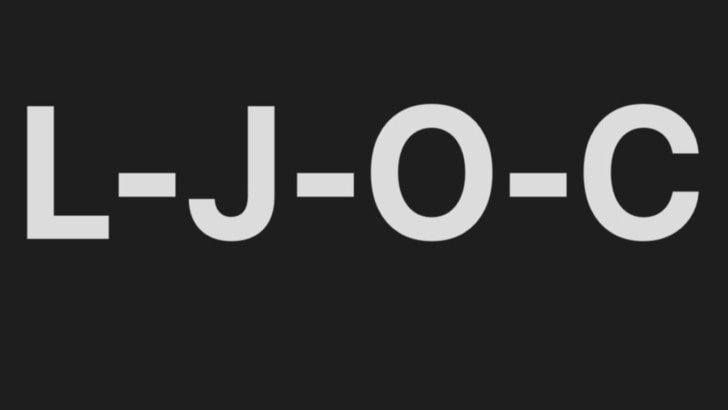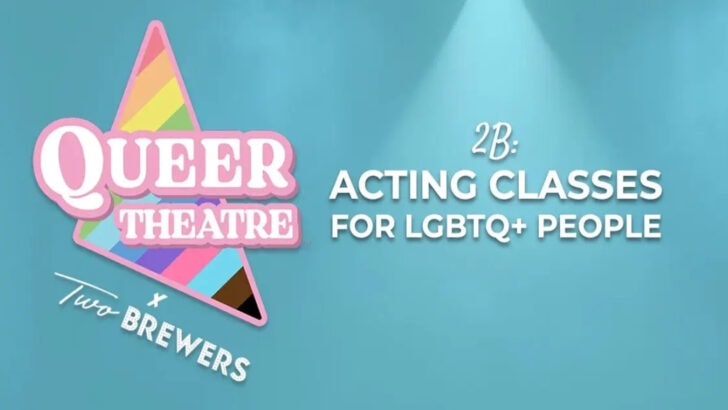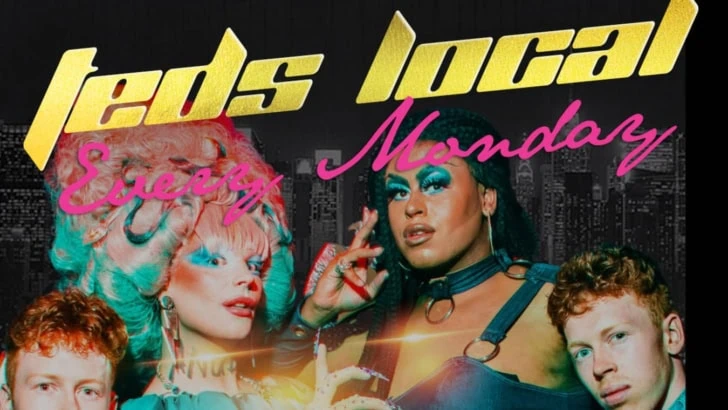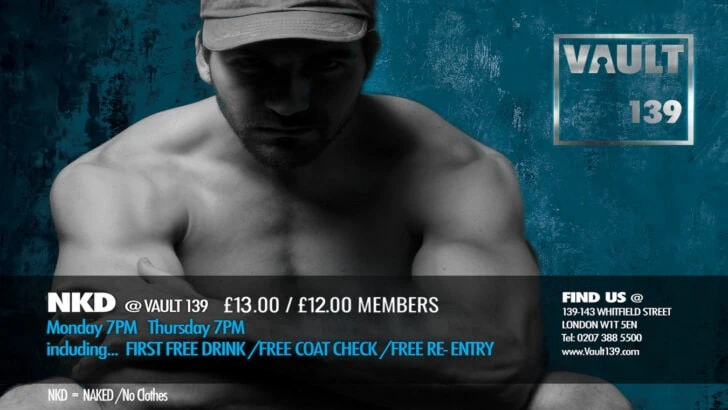MADLY GAY!
Following the success of The Boys in the Band (see Part 10, last week) managements scrabbled to find more gay properties. Commercial theatre was suddenly full of gay musicals and gay comedies as well as avant garde queer entertainments.
The gay musical can be traced back to Gypsy in 1959 and Mame in 1966. But those shows never spelled out what the gay men in the audience appreciated. In 1970, on the other hand, we got Applause, which Kevin Winkler has called ‘one of the gayest Broadway musicals to be produced up to that time.’
Based on the ultracamp Bette Davis movie All About Eve, it includes a new character, gay hairdresser Duane, and the first gay bar ever seen on the Broadway stage. Therefore Tommy Tune isn’t strictly accurate when he claims to have played “’he first openly gay, major role in a mainstream musical comedy on Broadway’ (he was David, the gay neighbour, in Seesaw in 1973).
The first gay musical about a gay relationship was Boy Meets Boy (1975). It’s the only musical included in Gay Plays: The First Collection (1979). 1975 also brought A Chorus Line, although this show was subsequently derided for including Paul, a ’token gay’ (somewhat improbably the only gay man in the chorus!)
Gay comedies of the 1970s included Ron Clark and Sam Bobrick’s Norman, Is That You? (1970) in which a Jewish couple come to terms with having a gay son; Charles Laurence’s My Fat Friend (1972), which introduced the concept of a straight woman’s gay best friend (Kenneth Williams in the London production); Jean Poiret’s La Cage aux Folles (1973), a French play later to spawn an international franchise; James Kirkwood Jr’s P.S. Your Cat Is Dead (1975) about an actor who falls in love with the burglar who breaks into his apartment; and Terrence McNally’s The Ritz (1975), set in a gay bath-house. (McNally went on to become one of the most prolific and highly-regarded gay playwrights of our time. His name will crop up again in this series).
Big theatres took big risks, not always successfully, with some of the more challenging products from the outer reaches of new gay theatre. Pork, Anthony J. Ingrassia’s play based on 200 hours of Andy Warhol’s phone conversations, had a mixed reception at the Round House in 1971.
Dancer Lindsay Kemp had his biggest success with Flowers, which played the Round House in 1975. Later shows were hit and miss; but Kemp’s influence has been huge. His protégé David Bowie took Kemp’s style of androgynous performance art to the masses. Tom Eyen’s B-feature spoof Women Behind Bars introduced Divine to startled audiences at London’s Whitehall Theatre in 1977.
GAY THEATRE GETS TOUGH
Fringe Theatre has existed in various forms since the 1920s. But in the 1970s it consolidated itself into a politically radical alternative to the mainstream. It survived largely through public subsidy. In London the first season of plays written and directed by openly gay men was ‘Homosexual Acts’, staged by the Almost Free Theatre in Soho in 1975. Out of this season came the UK’s first gay theatre company, Gay Sweatshop.
Their history play, As Time Goes By (1977), may have inspired Bent. Similar companies developed throughout the world. The first in New York was TOSOS, formed in 1974 by Doric Wilson (1939-2011), who’d been resident playwright at Caffe Cino in 1961 (see Part 10). One of the first companies in San Francisco was Theatre Rhinoceros. Their first production in 1977 was The Madness of Lady Bright by Lanford Wilson (1937-2011). This had been Caffe Cino’s first big hit in 1964.
Running alongside the gay agitprop were madcap, camp revues in which men celebrated the new concept of gay pride. The first group was San Francisco’s Cockettes formed by Hibiscus on New Year’s Eve, 1970. Hibiscus’ next group, Angels of Light, was seen by Jimmy Camicia in New York.
In 1972 Camicia formed his own group, Hot Peaches, which performed in 1977 at Oval House, the first London Fringe theatre regularly to programme LGBT shows. It was Hot Peaches that inspired Bette Bourne to create Bloolips in 1977. A similar French troupe, La Grande Eugene, who appeared in London around the same time, featured the 20-year-old Bruno Tonioli.
GREAT GAY PLAYS
The Rocky Horror Show (1973)
The queer pop culture of the early 1970s as flaunted by The Cockettes typically played to stoners at midnight matinées. Richard O’Brien’s achievement was to take a similar formula (B-movie parody, rock music, pansexuality) and sell it not just to Middle America but Finland and Peru. The show and its 1975 film version are both still playing somewhere in the world right now. O’Brien never managed a successful follow-up. He’s now a prominent member of the trans community.
Bent (1979)
Martin Sherman’s harrowing drama is without doubt one of the most important gay plays ever written. Before 1979 little was known about the Nazi persecution of gay men in the 1930s. It’s encouraged more research into the period, new insight and indeed memorials to those who suffered. The play’s constantly revived because it’s also an inspiring testament to undying gay love. Sherman is gay but writes on many subjects. His latest play, Onassis, opened last year.
Next week 1980’s!
